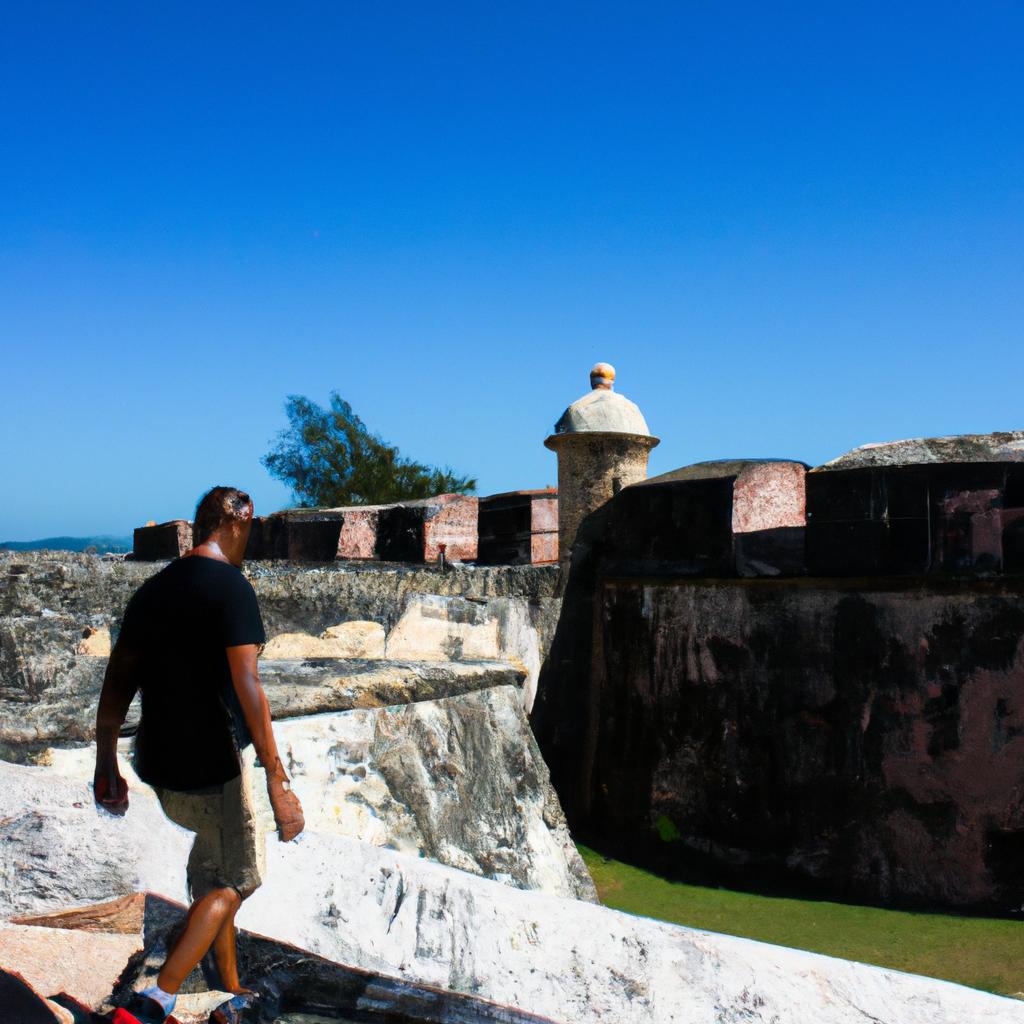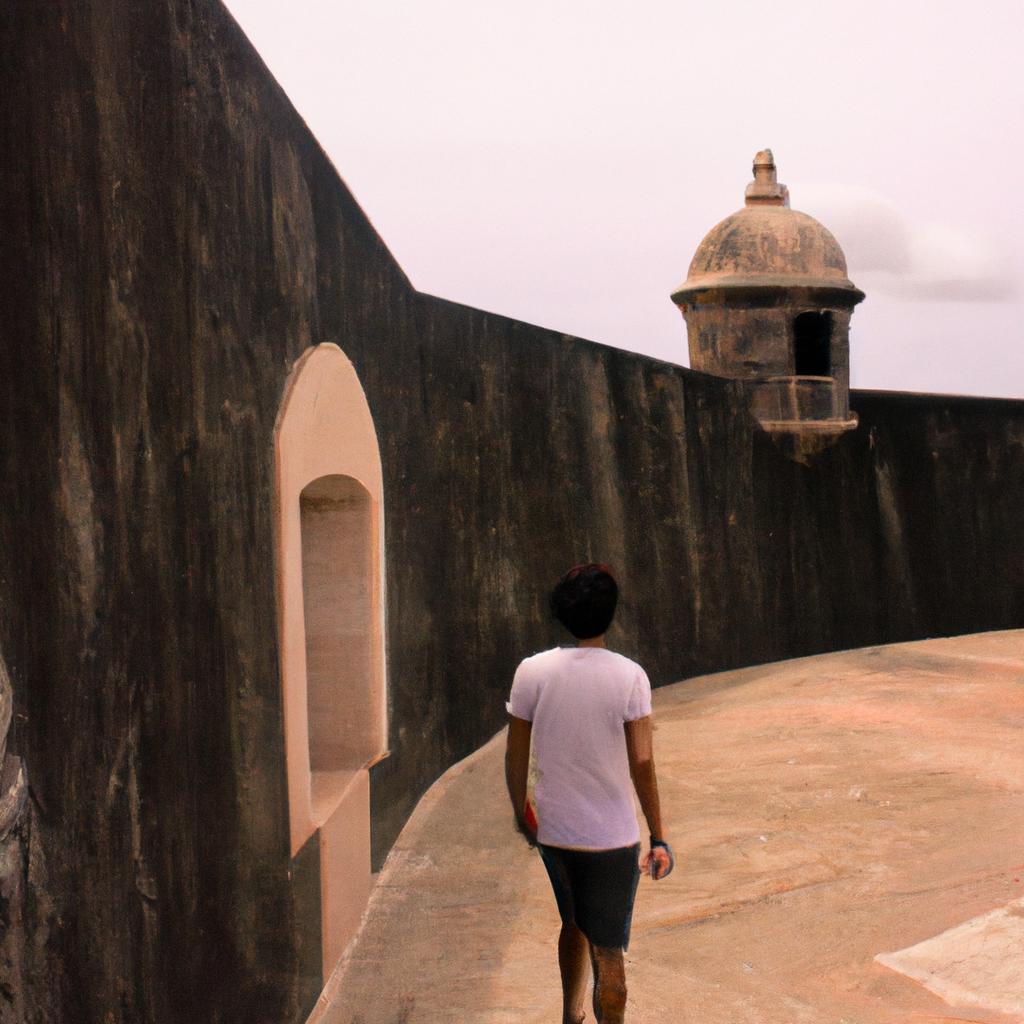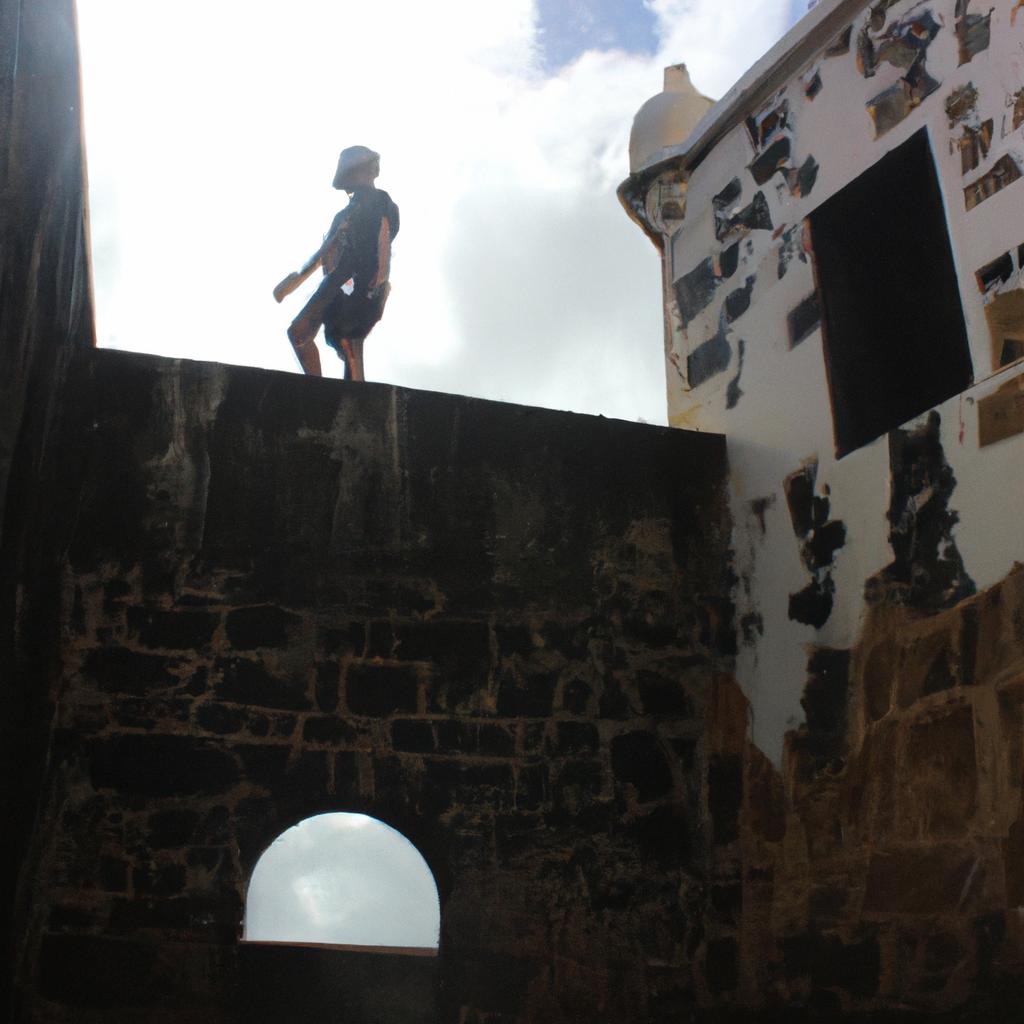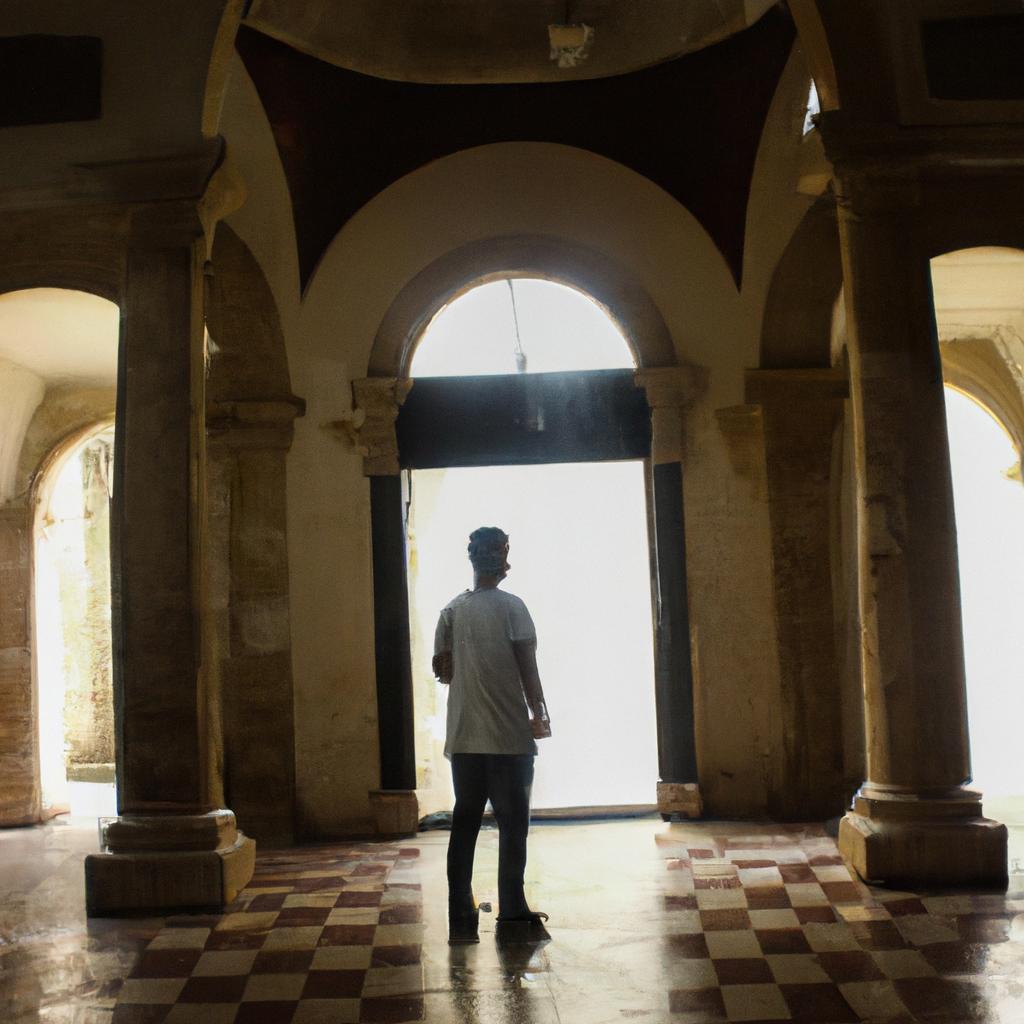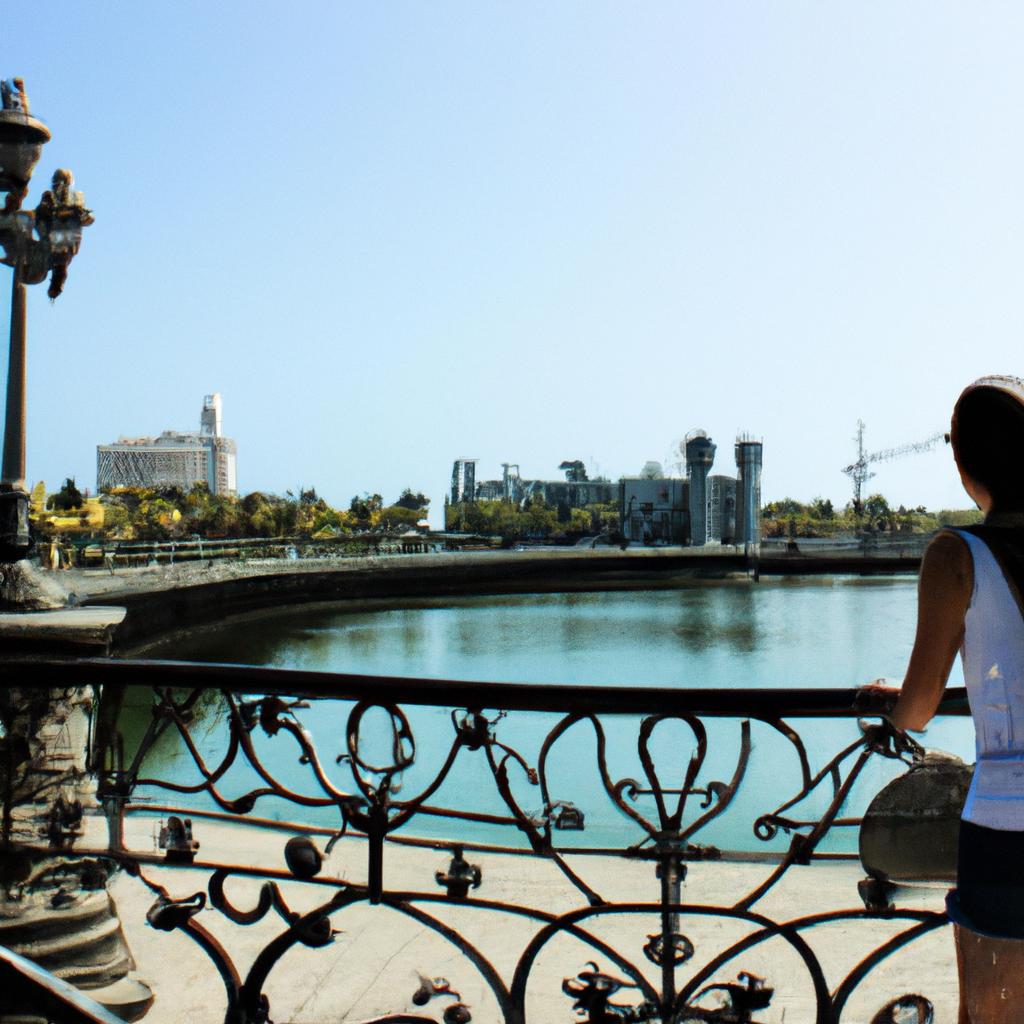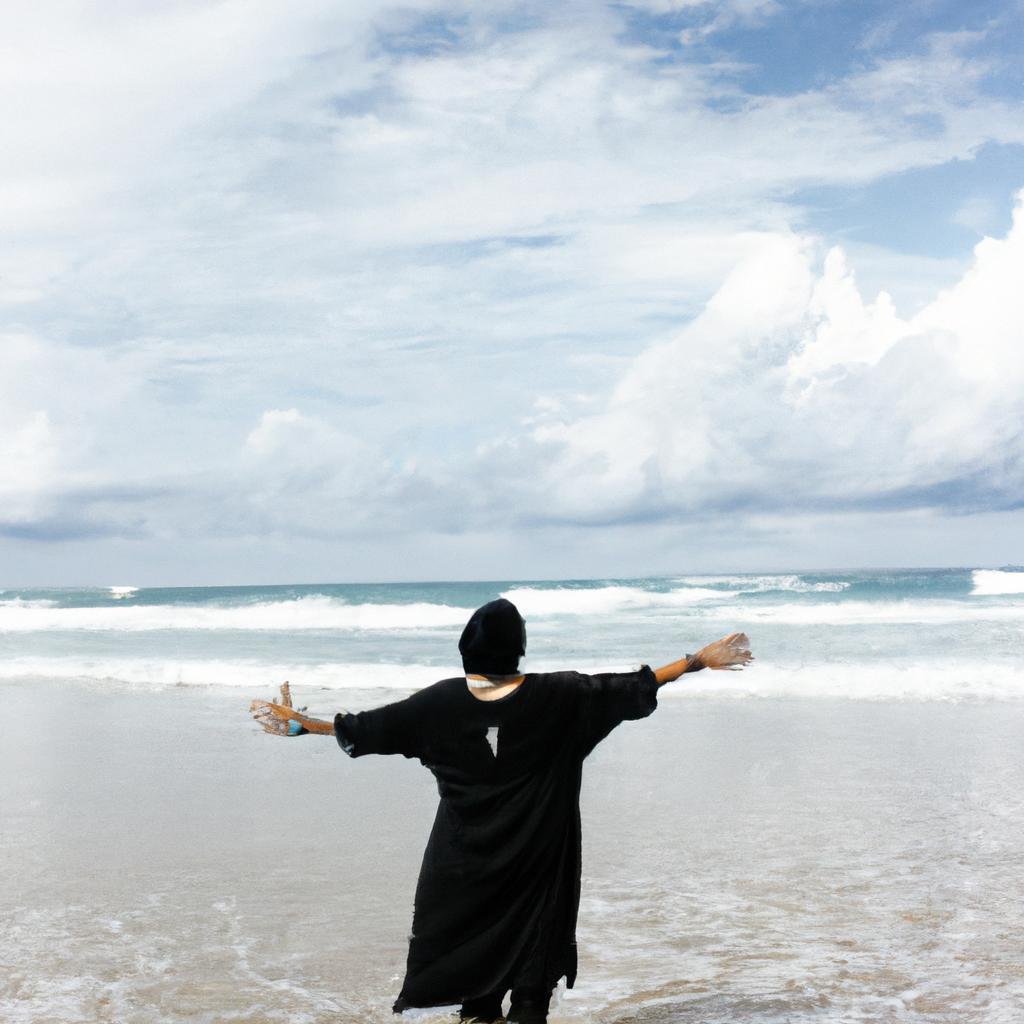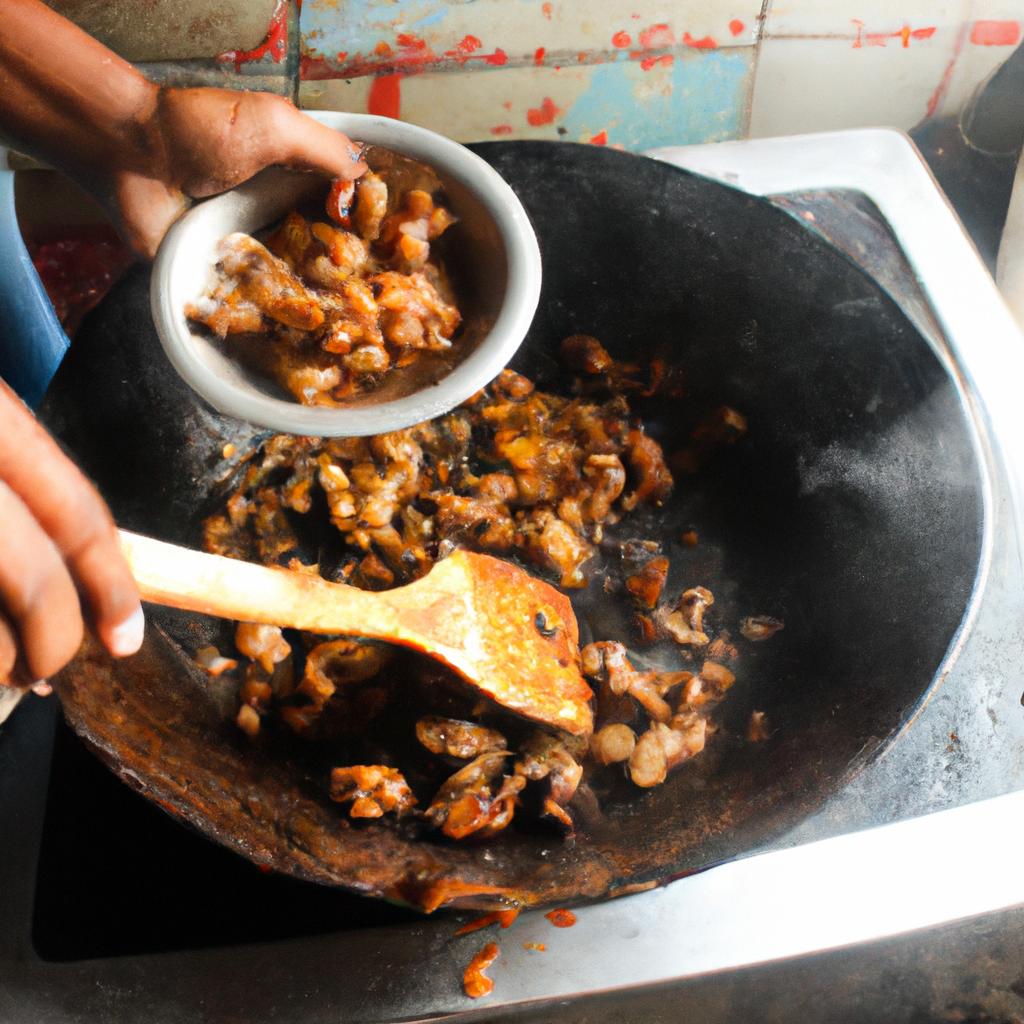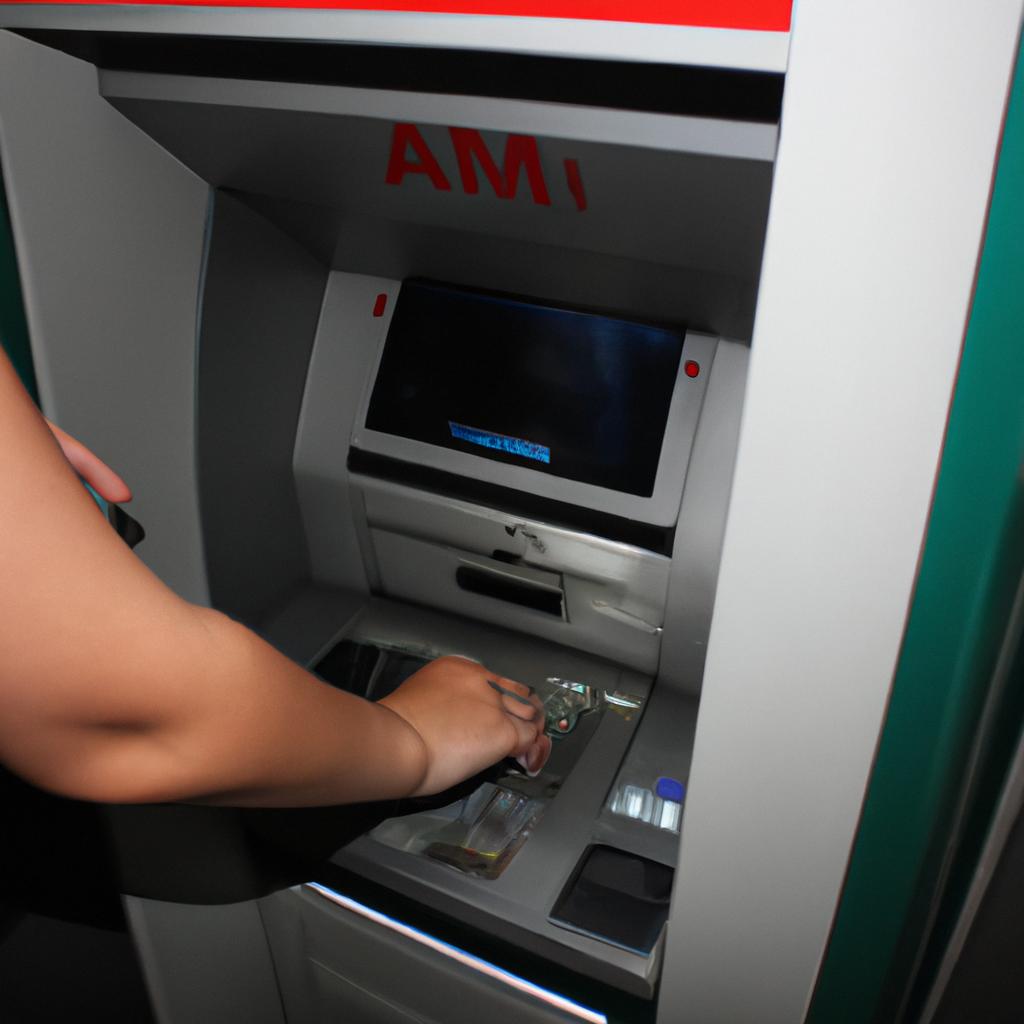Casa Blanca: Puerto Rico’s Historical Sites
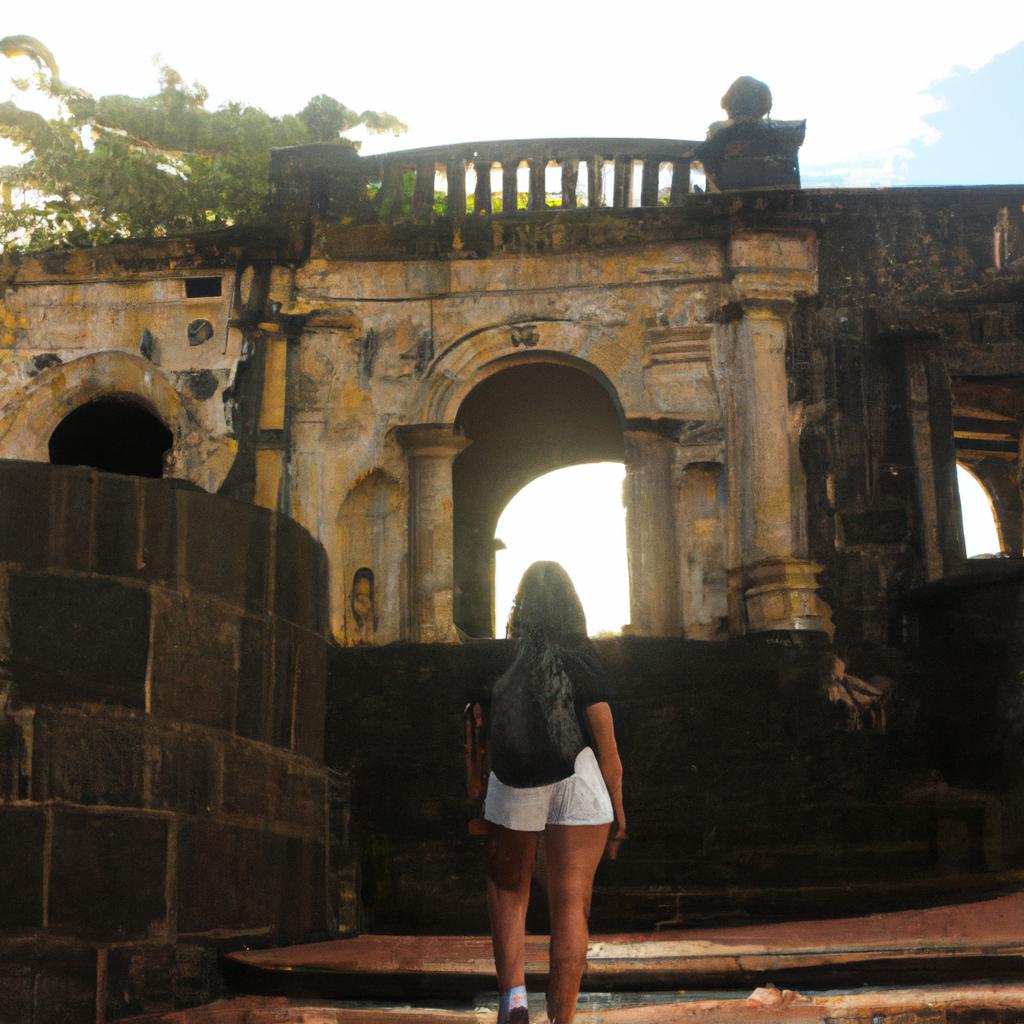
Puerto Rico, an island nestled in the Caribbean Sea, boasts a rich history that spans centuries. Among its many historical sites lies Casa Blanca, a prominent landmark that holds significant cultural and architectural value. This article aims to explore the historical significance of Casa Blanca, shedding light on its origins, unique features, and its role as a testament to Puerto Rico’s colonial past.
To exemplify the importance of Casa Blanca within Puerto Rico’s historical context, let us consider the case study of Don Juan Ponce de León, one of Spain’s most renowned conquistadors. Upon arriving in Puerto Rico in 1508, Ponce de León was granted land by King Ferdinand II to establish his residence. In 1521, he commissioned the construction of Casa Blanca (meaning “White House” in Spanish), which would serve as both his family home and administrative center during his governorship of Puerto Rico. This example highlights how Casa Blanca not only served as a personal abode for influential figures but also played a pivotal role in shaping the early governance and development of Puerto Rico under Spanish rule.
Casa Blanca stands as a tangible representation of Puerto Rican architecture from the 16th century. Its distinctive design showcases elements influenced by elements influenced by Spanish colonial architecture, with a blend of Gothic and Renaissance styles. The exterior features white stucco walls, arched doorways, and wrought iron balconies, while the interior boasts high ceilings, ornate woodwork, and intricately tiled floors. These architectural details provide insight into the craftsmanship and design aesthetic of the time period.
Beyond its architectural significance, Casa Blanca also holds historical importance due to its association with significant events and figures in Puerto Rican history. For example, after Don Juan Ponce de León’s death in 1521, Casa Blanca became the residence of his descendants for several generations. It served as a gathering place for influential individuals during Puerto Rico’s colonial era and witnessed key moments in the island’s history.
Moreover, Casa Blanca has gone through various transformations over the centuries. In the late 19th century, it was restored to its original state by architect Manuel Texidor y Alcalá, who aimed to preserve its historical integrity. Today, Casa Blanca operates as a museum that offers visitors a glimpse into Puerto Rico’s past through exhibits showcasing artifacts from different periods.
In conclusion, Casa Blanca stands as a testament to Puerto Rico’s colonial past and plays an essential role in preserving the island’s rich cultural heritage. Through its architectural features and historical associations with influential figures like Don Juan Ponce de León, this landmark serves as a tangible link to Puerto Rico’s early governance and development under Spanish rule. Visiting Casa Blanca allows individuals to immerse themselves in Puerto Rico’s history while appreciating its unique architectural beauty
El Morro: A fortress dating back to the 16th century
Imagine standing on a hilltop overlooking the sparkling blue waters of the Atlantic Ocean, feeling the cool breeze brush against your face. As you gaze out at the panoramic view before you, your eyes are drawn to an imposing structure that stands tall and proud – El Morro. This fortress, located in San Juan, Puerto Rico, is a testament to the island’s rich history and serves as a captivating reminder of its colonial past.
El Morro was constructed in the late 16th century by Spanish settlers as a defense against potential invaders. Its strategic location allowed for unparalleled views of incoming ships, giving defenders ample time to prepare for attacks. The fortification consists of six levels filled with tunnels, barracks, storerooms, and cannons; all meticulously designed to withstand assaults from both land and sea.
To fully appreciate the historical significance of El Morro, consider these notable features:
-
Architectural Marvel: The design of El Morro incorporates elements from various architectural styles prevalent during its construction period. From Renaissance influences seen in its grand entrance gates to military engineering techniques employed in its sturdy walls, every aspect showcases meticulous craftsmanship.
-
Breathtaking Views: Standing atop El Morro offers breathtaking vistas that extend beyond just the ocean. Visitors can admire stunning sunsets or watch sailboats gracefully glide across shimmering waters while immersing themselves in Puerto Rico’s natural beauty.
-
Rich Cultural Heritage: Over centuries of existence, El Morro has witnessed countless events that shaped Puerto Rican history. From battles fought between European powers vying for control over the island to serving as a haven for refugees during World War II, it holds stories that reflect Puerto Rico’s resilience and spirit.
-
Symbolic Icon: Today, El Morro stands not only as a national historic site but also as a symbol representing Puerto Rico’s identity and heritage. Its majestic presence serves as a reminder of the island’s past struggles, triumphs, and ongoing commitment to preserving its cultural legacy.
As you explore El Morro, let yourself be captivated by the tales whispered within its walls, transporting you back in time to an era filled with bravery and adventure. Now, let us embark on our journey to discover another architectural gem – San Juan Cathedral: A stunning example of Spanish colonial architecture.
San Juan Cathedral: A stunning example of Spanish colonial architecture
El Morro, with its rich history and impressive architecture, is just one of the many historical sites that Puerto Rico has to offer. Continuing our exploration of the island’s heritage, we now turn our attention to another iconic landmark: the San Juan Cathedral. This stunning example of Spanish colonial architecture stands as a testament to Puerto Rico’s cultural and religious past.
To truly appreciate the significance of the San Juan Cathedral, let us consider an imaginary scenario where a curious traveler steps foot inside this magnificent structure. As they enter through its grand doors, their eyes are immediately drawn to the intricate details adorning the interior. The graceful arches, ornate altars, and vivid stained glass windows transport them back in time, evoking a sense of awe and reverence.
One cannot discuss the San Juan Cathedral without mentioning its historical importance. Here are some key highlights:
- Built in 1521, it is one of the oldest cathedrals in the Americas.
- It was originally constructed using wood but was later rebuilt in stone after being destroyed by a hurricane.
- The remains of several prominent figures from Puerto Rican history rest within its hallowed walls.
- The cathedral has witnessed significant events throughout Puerto Rico’s past, including royal visits and important religious ceremonies.
Now imagine standing in front of this majestic monument while contemplating these facts. To further immerse yourself in its allure, here is an emotional bullet point list for you:
- Imagine feeling small yet connected to centuries-old traditions.
- Picture yourself marveling at the craftsmanship passed down through generations.
- Sense the weight of history as you stand on sacred ground.
- Feel a deep appreciation for those who came before you and shaped this beautiful place.
Moreover, here is a three-column table illustrating some architectural features found within the San Juan Cathedral:
| Architectural Feature | Description | Emotive Response |
|---|---|---|
| Graceful Arches | Curved structures that create a sense of elegance | Awe and Wonder |
| Ornate Altars | Elaborately decorated platforms for religious ceremonies | Reverence |
| Vivid Stained Glass Windows | Colorful glass panels depicting biblical scenes | Beauty and Serenity |
As we conclude our exploration of the San Juan Cathedral, it is worth noting its significance within Puerto Rico’s historical tapestry. This architectural gem serves as a reminder of the island’s Spanish colonial past and continues to be a place of worship and reflection for many. Now, let us move on to our next destination: La Fortaleza, the oldest executive mansion in continuous use in the Americas.
La Fortaleza: The oldest executive mansion in continuous use in the Americas
The San Juan Cathedral stands as a testament to the rich history and architectural grandeur of Puerto Rico. Located in Old San Juan, this magnificent cathedral serves as an iconic symbol of the island’s Spanish colonial past. To better understand its significance, let us consider a hypothetical scenario where we explore the cathedral through the eyes of a curious traveler.
Imagine stepping foot into the San Juan Cathedral for the first time. As you enter, you are immediately captivated by its awe-inspiring beauty. The interior is adorned with exquisite stained glass windows that cast vibrant hues upon the stone walls. Intricately carved wooden pews line the nave, inviting visitors to sit and reflect on centuries of religious devotion.
As you walk along the hallowed halls, it becomes evident that this sacred space holds not only religious importance but also historical significance. Here are some key features that make the San Juan Cathedral a must-visit destination:
- Architectural Splendor: The cathedral showcases exemplary Spanish colonial architecture, characterized by its ornate facades and intricate details. It seamlessly combines Gothic and Neoclassical elements, transporting visitors back to a bygone era.
- Historical Artifacts: Within its walls lie numerous artifacts from Puerto Rico’s colonial period. From ancient sculptures to elaborate chalices used during religious ceremonies, these treasures provide glimpses into both ecclesiastical practices and daily life in early Puerto Rican society.
- Cultural Significance: The San Juan Cathedral has played a vital role in shaping Puerto Rican identity. It served as a place of worship for settlers arriving from Spain and later became a sanctuary for those seeking refuge during times of political turmoil or natural disasters.
- Spiritual Sanctuary: Beyond its historical appeal, the cathedral continues to be an active place of worship today. Its serene atmosphere offers solace to locals and tourists alike who seek moments of reflection and spiritual connection.
To truly appreciate Puerto Rico’s rich history, a visit to the San Juan Cathedral is an absolute must. Its architectural grandeur, historical artifacts, cultural significance, and spiritual sanctuary all contribute to an unforgettable experience that transports visitors back in time.
Caguana Indigenous Ceremonial Park: Preserving the heritage of Puerto Rico’s indigenous people
Transition from previous section:
Having explored the rich history of La Fortaleza, let us now delve into another significant historical site in Puerto Rico that preserves the heritage of its indigenous people.
Caguana Indigenous Ceremonial Park: Preserving the heritage of Puerto Rico’s indigenous people
To truly understand Puerto Rico’s cultural tapestry, one must visit the Caguana Indigenous Ceremonial Park. This remarkable site stands as a testament to the island’s pre-Columbian inhabitants and their vibrant traditions. Imagine stepping back in time as you explore this ancient ceremonial ground, where rituals were performed and ancestral connections revered.
At Caguana Indigenous Ceremonial Park, visitors have the opportunity to witness firsthand the fascinating remnants of an advanced civilization that flourished long before European colonization. Here is an example case study showcasing the significance of this archaeological gem:
Case Study: The Petroglyphs at Caguana
One of the most intriguing features of Caguana is its collection of petroglyphs—carvings etched into rocks by Taíno artists centuries ago. These intricate designs serve not only as captivating works of art but also as windows into the beliefs and daily lives of Puerto Rico’s indigenous people. By studying these petroglyphs, researchers and historians can gain valuable insights into topics such as spirituality, social structure, and agricultural practices during that time period.
Visitors to Caguana are captivated by more than just petroglyphs; they are immersed in an environment that evokes a deep sense of connection with Puerto Rico’s past. To further evoke an emotional response among visitors, consider these aspects when exploring Caguana:
- The tranquil beauty of nature surrounding the ceremonial grounds
- The awe-inspiring scale and preservation efforts within the park
- The spiritual energy sensed while standing on sacred land
- The profound respect for indigenous culture fostered through educational programs
Table: Emotional response evoked at Caguana Indigenous Ceremonial Park
| Aspects | Emotion |
|---|---|
| Tranquil beauty of nature | Serenity |
| Scale and preservation efforts | Awe |
| Spiritual energy on sacred land | Reverence |
| Respect for indigenous culture | Appreciation |
In summary, the Caguana Indigenous Ceremonial Park serves as a gateway to Puerto Rico’s pre-Columbian past. Through its petroglyphs, natural surroundings, and educational programs, visitors are transported to an era long gone while gaining a profound appreciation for the island’s rich heritage.
Transition into subsequent section: Now that we have explored the fascinating history preserved at Caguana, let us move forward to discover another historical gem in Puerto Rico—Casa Blanca: The former residence of Ponce de León, now a museum.
Casa Blanca: The former residence of Ponce de Len, now a museum
Casa Blanca: The Former Residence of Ponce de León, Now a Museum
Continuing our exploration of Puerto Rico’s historical sites, we now turn our attention to Casa Blanca. This remarkable structure was once the residence of Juan Ponce de León, one of the island’s most influential figures during the early colonial period. Today, Casa Blanca stands as a museum that offers visitors an immersive experience into the life and times of this renowned explorer.
To illustrate the significance of Casa Blanca, let us consider a hypothetical scenario where you step through its grand entrance. As you enter the foyer, your eyes are immediately drawn to the intricate Spanish colonial architecture that adorns every corner. The air is thick with history and whispers from centuries past seem to echo in your ears. You can’t help but feel a sense of awe at being inside this iconic building.
As you move through each room, guided by knowledgeable docents who share fascinating anecdotes about Ponce de León and his family, you become immersed in their world. Here are some key elements that make Casa Blanca such a captivating destination:
- Impeccable Preservation: Despite its age, Casa Blanca has been meticulously maintained over the years. Every effort has been made to preserve its original charm and architectural integrity.
- Historical Artifacts: The museum boasts an impressive collection of artifacts related to Ponce de León and his era. From personal belongings to maps and documents, these relics offer valuable insights into Puerto Rico’s rich heritage.
- Beautiful Gardens: Beyond the walls lies a lush oasis filled with vibrant flora native to Puerto Rico. Take a leisurely stroll through these gardens to appreciate nature’s beauty amidst historic surroundings.
- Cultural Events: Casa Blanca serves not only as a repository for history but also as a venue for cultural events. Concerts, art exhibitions, and educational programs regularly take place here, fostering an ongoing connection between past and present.
To further emphasize the significance of Casa Blanca, consider the following table showcasing notable features of this historical gem:
| Feature | Description | Significance |
|---|---|---|
| Architectural Beauty | The stunning Spanish colonial architecture showcases intricate details that reflect the era’s grandeur. | Elicits a sense of wonder and appreciation for craftsmanship. |
| Historical Significance | As Ponce de León’s former residence, Casa Blanca played a pivotal role in shaping Puerto Rico’s history. | Provides an opportunity to delve into the island’s heritage. |
| Educational Experience | Knowledgeable docents offer insights into Ponce de León’s life and times through engaging storytelling. | Enriches visitors’ understanding of Puerto Rican culture. |
| Community Engagement | Casa Blanca serves as a gathering place for cultural events, fostering a vibrant connection with the community. | Promotes ongoing engagement with Puerto Rico’s history. |
In conclusion, Casa Blanca stands as a testament to Puerto Rico’s rich past and offers visitors a unique glimpse into the life of Juan Ponce de León. Its impeccable preservation, extensive collection of artifacts, beautiful gardens, and continuous community engagement make it an essential stop on any journey through Puerto Rico’s historical sites.
Transitioning now to our next destination within the region, let us explore the wonders awaiting us at the Ponce Historic Zone: A district filled with beautifully preserved Spanish colonial buildings
Ponce Historic Zone: A district filled with beautifully preserved Spanish colonial buildings
After exploring the historical significance of Casa Blanca, let us now turn our attention to another remarkable site in Puerto Rico – the Ponce Historic Zone. This district is renowned for its beautifully preserved Spanish colonial buildings that offer visitors an immersive experience into the island’s rich architectural heritage.
Section:
Imagine walking through narrow cobblestone streets lined with colorful facades and intricate wrought-iron balconies. As you stroll along, you come across one particular building that catches your eye—a majestic structure showcasing the grandeur of Spanish colonial architecture. This striking sight is just one example of what awaits tourists in the Ponce Historic Zone.
The preservation efforts within this zone have resulted in a collection of well-maintained structures that embody the charm and elegance of 19th-century Puerto Rican society. Here are some key features that make the Ponce Historic Zone truly captivating:
- Architectural Diversity: From stunning neoclassical mansions to quaint Creole houses, this district offers a diverse range of architectural styles, reflecting influences from both European and Afro-Caribbean cultures.
- Cultural Significance: Each building holds stories waiting to be discovered—narratives about influential families, notable events, or even legends passed down through generations.
- Vibrant Plaza Las Delicias: At the heart of the district lies Plaza Las Delicias, a bustling square surrounded by iconic landmarks such as Parque de Bombas—the vibrant red-and-black firehouse—and Catedral Nuestra Señora de Guadalupe—a magnificent cathedral exuding religious splendor.
- Artistic Expression: Throughout the area, street art and sculptures add an artistic touch to the colonial ambiance, creating a unique blend of tradition and contemporary creativity.
To further showcase the allure of the Ponce Historic Zone, here is a glimpse into some notable buildings that contribute to its architectural magnificence:
| Building | Architectural Style | Notable Features |
|---|---|---|
| Casa Armstrong-Poventud | Neoclassical | Elaborate ironwork and ornate interior |
| Museo de la Historia de Ponce | Spanish Colonial Revival | Exhibits showcasing Ponce’s history |
| Casa Wiechers-Villaronga | Art Nouveau | Stained glass windows and intricate woodwork |
| Teatro La Perla | Beaux-Arts | Opulent theater with stunning chandeliers |
In light of these captivating features and remarkable structures, it becomes clear why the Ponce Historic Zone has become a must-visit destination for those seeking an immersive journey through Puerto Rico’s architectural past. Exploring this district provides visitors with an opportunity to appreciate the island’s cultural heritage while marveling at the artistry and craftsmanship displayed throughout.
By continuing our exploration of Puerto Rico’s historical sites, we deepen our understanding of the island’s rich history, connecting us to generations that have shaped its vibrant culture.

